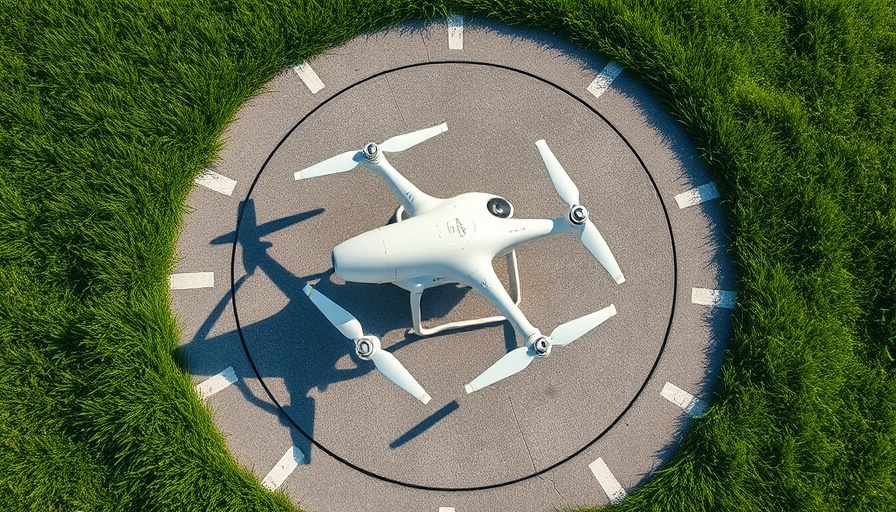
A Landmark Achievement in Drone Technology
In a significant advancement for rural healthcare logistics, North Dakota has successfully completed an over 80-mile long-distance medical drone delivery, marking a major breakthrough in drone-based logistics. Conducted on August 4, 2025, this pioneering mission was executed by iSight Drone Services in conjunction with the Northern Plains UAS Test Site (NPUASTS) and Vantis, a statewide BVLOS (Beyond Visual Line of Sight) network. This initiative is part of Project RuralReach, a federally funded program that aims to enhance rural access to essential services through innovative drone technology.
Innovative Solutions for Rural Healthcare
Drone deliveries in rural areas present unique challenges compared to urban environments. The recent BVLOS flight highlighted how advanced drone operations can offer crucial healthcare deliveries, improving access in remote communities. As Erin Roesler, Deputy Executive Director of NPUASTS notes, “This operation proves BVLOS can be done safely—even in complex, real-world rural environments.” The successful delivery exemplifies how technology can bridge gaps in service quality, elevating healthcare and emergency response capabilities in less accessible regions.
Navigating Legal and Technical Challenges
While this operation achieved remarkable distance, it was not without risks. One of the hurdles involved navigating uncontrolled airspace, often populated with low-flying aircraft that could lack transponders or communicate their locations. The Vantis network played a crucial role by providing real-time surveillance, aircraft detection, and command-and-control capabilities. By leveraging this cutting-edge technology, the mission was able to ensure safe and efficient operations, vital in establishing future drone delivery services.
Project RuralReach: A Vision for the Future
Funded by the U.S. Economic Development Administration, Project RuralReach aims to comprehensively explore the potential of drone technology while working toward specific goals such as:
- Improving rural delivery of medical and essential items.
- Developing sustainable operations powered by renewable resources.
- Enhancing emergency response capabilities in disaster situations.
The pilot initiative has received support of $50,000 for testing long-range drone delivery, with many in the tech and health sectors eager to observe the outcomes of this critical innovation.
The Broader Implications for UAS Commercialization
The successful completion of this flight not only represents a technical triumph but signifies a broader vision for rural logistics. North Dakota is positioning itself as a leader in UAS (Unmanned Aircraft Systems) commercialization through systematic investments and advancements in drone technologies. As the project unfolds, stakeholders hope to gather insights that could inform future policies and operational protocols, ultimately improving equity and accessibility in healthcare.
Future Trends: What Lies Ahead?
As we look ahead, the implications of this rural drone delivery flight extend beyond immediate logistics challenges. The technology utilized opens avenues for further experimentation and development in diverse sectors, including medical, agricultural, and logistical applications. Industry professionals and tech enthusiasts alike are keenly monitoring such advancements, indicating a potential shift in how goods and services reach rural populations.
This historic feat in North Dakota serves as an inspiring example of how innovative technology can effectively tackle real-world challenges. For those interested in the intersection of technology and essential services, following these developments is paramount as they pave the way for future breakthroughs in drone applications.
Stay informed about emerging trends in drone technology and healthcare delivery solutions. The future of logistics is evolving, and your engagement with these innovations is essential for making informed decisions that could impact your community.
 Add Row
Add Row  Add
Add 




Write A Comment